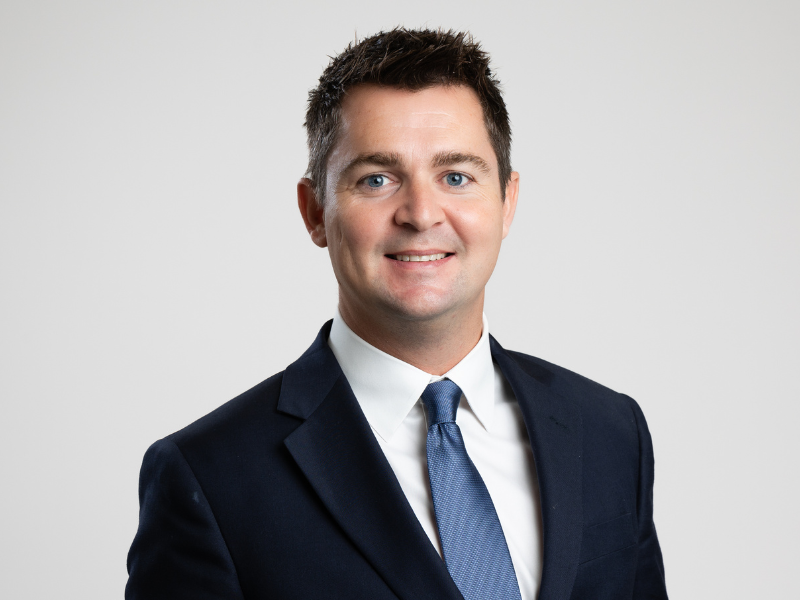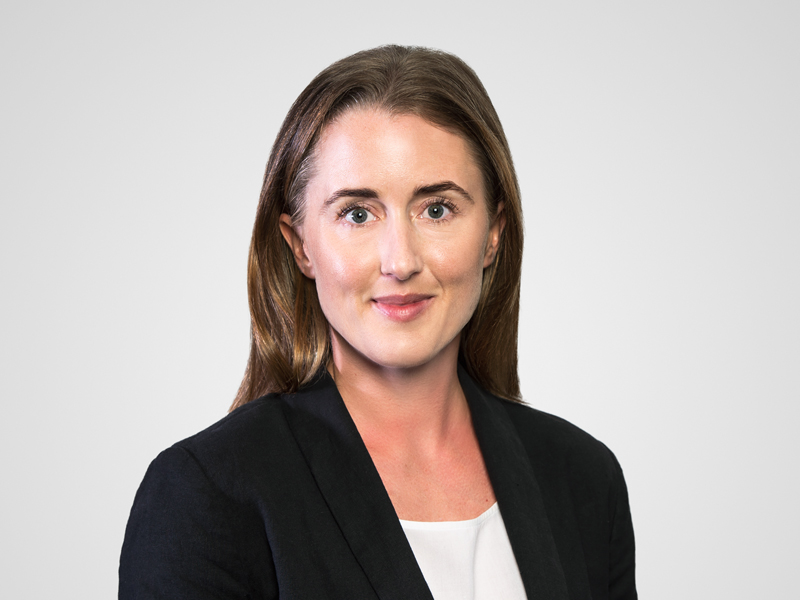The far-reaching effect of Section 147 fraudulent trading claims in the Bilta v Tradition Financial Services ruling

This is the second article in a two-part series on recent decisions concerning fraudulent trading claims under Section 147 of the Cayman Islands Companies Act and Section 213 of the UK Insolvency Act, being Conway & Ors v Air Arabia [2025] CIGC (FSD) 41 (20 May 2025) and Bilta & Ors v Tradition Finance Services [2025] UKSC 18 (7 May 2025).
Bilta & Ors v Tradition Finance Services
Bilta was one of several companies which were vehicles in a missing trader intra-community fraud involving spot trading in carbon credits under the EU Emissions Trading Scheme. Spot trading in EU allowances within EU Member States at that time attracted VAT. The rules were changed when the authorities realised that the EU Allowances were being used in relation to such fraud. In this case, the fraud involved five companies which were left with enormous VAT liabilities owing to HMRC.
The companies issued a claim against Tradition Financial Services alleging that it had dishonestly assisted their directors in the breach of their fiduciary duties to the claimant companies. The liquidators also brought a claim under Section 213 of the Insolvency Act alleging that Tradition had knowingly participated in the fraudulent trading of the businesses of the claimant companies. The parties reached a partial settlement, leaving two substantive issues for the Court to decide.
The UK Supreme Court addressed two key issues. Firstly, whether the persons who may be required to make contributions to a company’s assets under Section 213 of the UK Insolvency Act are confined to those involved in the management or control of the business, or extend also to third party “outsiders”. Those “outsiders” include, for example, those who have transacted with the company in the knowledge that by those transactions, the company was carrying on business for a fraudulent purpose.
Secondly, the court looked at the operation of Section 32(1) of the UK Limitation Act, which defers the commencement of limitation periods in fraud cases to the point at which the claimant has discovered or could with reasonable diligence have discovered, the fraud. It considered the effect of the legislation within the context of a related claim brought by the company in dishonest assistance, during the period in which the company had (prior to its restoration) ceased to exist.
Issue 1: Whether Tradition fell within the scope of Section 213
The UK Supreme Court considered the scope of the words in Section 213(2): “any persons who were knowingly parties to the carrying on of the business in the manner above-mentioned.”
Tradition argued that the words were restricted to persons exercising management or control over the company in question, such that it should not, and could not, be treated as a party to the carrying on of the fraudulent business.
Applying principles of statutory interpretation and by reference to previous authorities, the court noted that certain features of the statutory language contained in Section 213 limit the circumstances in which liability may be incurred under Section 213, as follows:
- The person must be a party to the carrying on by the company of a fraudulent business and not merely involved in a one-off fraudulent transaction, unless that fraud is sufficient evidence on its own of the carrying on of a fraudulent business;
- Being a party to the carrying on by the company of a fraudulent business does not extend to a mere failure to advise; and
- The person liable must have had an active involvement in the carrying on of the fraudulent business by the company.
However, the Supreme Court held that subject to those limitations, there is nothing in the language of Section 213(2) which restricts the scope of the provision to directors and “insiders” who were directing or managing the business of the company. The natural meaning of the statutory words is wide enough to cover not only such insiders, but also persons who were dealing with the company if they knowingly were parties to the fraudulent business activities in which the company was engaged. Such persons could include those who transacted with the company in the knowledge that by those transactions the company was carrying on its business for a fraudulent purpose.
In this respect, the Court agreed with Neuberger J in In re Bank of Credit and Commerce International SA [2002] BCC 407 that the concept of being “parties to the carrying on” of a business in a certain way is not limited to persons who actually direct or manage the business.
Issue 2: whether the dishonest assistance claims were time-barred
In addition to their Section 213 claims which vested in the liquidators personally, the liquidators also brought claims in the name of the companies against Tradition for dishonest assistance. At first instance, the Judge held that the claims were time-barred. Permission to appeal was granted in respect of two companies.
The acts of alleged dishonest assistance occurred during 2009. Both companies were subsequently abandoned by their directors and were then struck off and dissolved in 2010 and 2011 respectively. The companies were subsequently restored to the register in 2012, with a winding up order made and liquidators appointed a year later.
The claims were issued in November 2017 and Tradition argued that they were time-barred as the relevant acts occurred more than six years prior.
The companies’ central case was that during the periods when they were struck off (but later deemed to have existed by virtue of being restored) they had a bare existence but with no other features. As such, time did not begin to run until they were each restored to the register because, under Section 32 of the Limitation Act (which provides for the postponement of the commencement of the limitation periods until the plaintiff has discovered the fraud or could with reasonable diligence have discovered it), there were no directors who could have exercised reasonable endeavours to discover the fraud.
Alternatively, the companies argued they should be deemed to have had in place the fraudulent directors who had been in office when they were dissolved, so their knowledge of the fraud could not be attributed to them until they were restored and put into liquidation.
The UK Supreme Court rejected these arguments and held that the dishonest assistance claims were time barred.
The starting point is that the court is applying Section 32 to a counterfactual state of affairs rather than to historical facts about them. Accordingly, each company was struck off, dissolved, and had ceased to exist. They did not in fact have directors during the period in which they were dissolved.
However, Section 1032(1) of the (English) Companies Act 2006 requires the Court to deem that they had not been struck off or dissolved but had in fact continued to exist.
The deeming provision in Section 1032 does not mean, however, that the companies should (separately) be deemed to have had no directors or liquidators for so long as they were struck off. Applying settled principles on statutory deeming provisions, all that is to be deemed to be true about the restored company is that it continued in existence during the period of its dissolution.
The question of whether it should be assumed during that period to have had competent directors or liquidators is to be answered by other means. That question is to be answered on the balance of probabilities as a question of fact.
Adopting a purposive approach, if every restored company wishing to pursue a claim in fraud was deemed to have had no competent offices, and therefore to have been unable to discover the relevant fraud while dissolved, that would give restored companies carte blanche to rely upon the postponement of the running of time because they could always demonstrate that they could not have discovered the fraud by the use of reasonable diligence.
In this case, the companies had adduced no evidence to prove that they could not with reasonable diligence have discovered the fraud. The burden lay on them to do so and they had failed to discharge that burden.
Concluding Remarks
The key takeaway from the decisions of Conway v Air Arabia and Bilta v Tradition Finance Services, taken together, is that Section 147 claims may in principle be brought against any persons that are knowingly party to the carrying on by the relevant company of fraudulent business. That is irrespective of whether they are in or out of the jurisdiction and irrespective of whether they are involved in the management or control of the company in question. Section 147 (and Sections 145 and 146) is of extraterritorial effect. Notably, this is subject to certain safeguards that are in place in order to avoid injustice, including the need for liquidators to obtain the sanction of the court in order to bring claims and the wide discretion afforded to the court to ultimately make an order that the defendant make a contribution to estate assets.[1]
The Grand Court’s decision in Conway also addresses novel points concerning jurisdiction and service of claims under Section 147 and will be extremely useful on a practical level to insolvency practitioners and advisors dealing with Section 147 claims against foreign persons outside of the jurisdiction.
The UK Supreme Court’s decision in Bilta provides authoritative guidance on the broad scope of Section 213 of the Insolvency Act. Bilta will be highly persuasive in the Cayman Islands in relation to claims brought pursuant to Section 147 of the Companies Act (which is in the same terms as Section 213 of the UK Insolvency Act).
In addition, the Supreme Court’s decision regarding the interaction between the postponement of limitation and the deeming provision for restored companies is likely to be of wider application beyond Section 147 claims. It would likely extend to other claims that a restored company may wish to pursue, for example, claims against former directors for breach of fiduciary duties.
[1] This point is not addressed in any further detail in these articles, but is considered in the Conway decision at [86]-[89].
This article was first published by the Global Restructuring Review on 19 September 2025.



